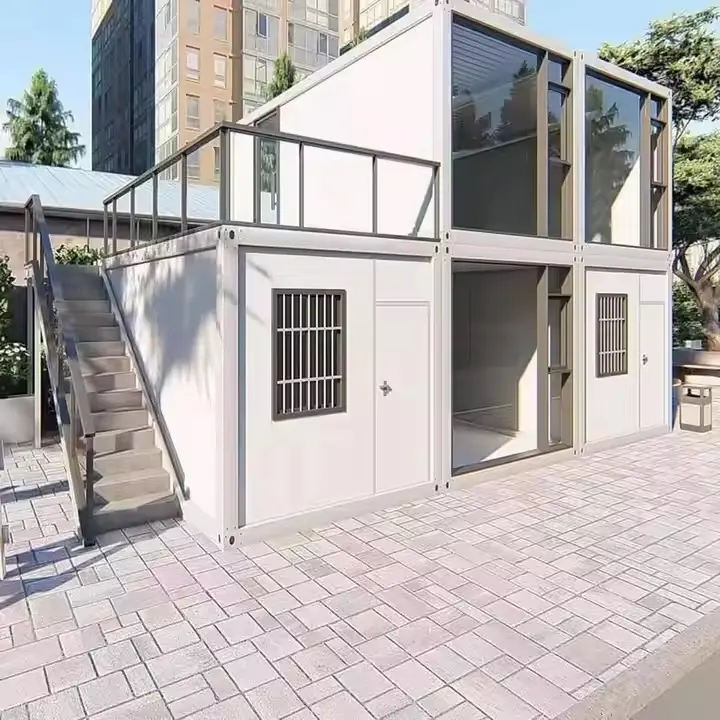Flat Pack Container Houses: A Game-Changer in Sustainable Living
2025-02-07
As the world embraces eco-friendly and cost-effective housing solutions, flat pack container houses have emerged as a revolutionary alternative. Their ability to combine modern design with sustainability makes them a viable option for various applications, including residential and commercial use. This blog delves into the sustainability benefits, innovative features, and future potential of flat pack container houses.

Sustainability Benefits of Flat Pack Container Houses
1. Reduced Construction Waste – These houses are prefabricated, significantly reducing material wastage compared to traditional construction.
2. Energy Efficiency – With proper insulation and renewable energy integration, they minimize energy consumption.
3. Recyclable Materials – Most flat pack container houses are built using sustainable and recyclable materials, reducing their environmental footprint.
4. Minimal Land Disruption – Their easy assembly process ensures minimal impact on the surrounding environment.
5. Lower Carbon Footprint – Transportation of flat pack containers requires fewer resources compared to traditional building materials.
Innovative Features of Flat Pack Container Houses
- Smart Home Integration – Can be equipped with smart lighting, heating, and security systems.
- Expandable and Modular Design – Easily customizable to meet different space requirements.
- Weather-Resistant Construction – Made with durable materials that withstand harsh climatic conditions.
- Quick Setup Time – Can be assembled within days, making them ideal for urgent housing needs.
- Off-Grid Living Capability – Can incorporate solar panels and rainwater harvesting systems for self-sufficiency.
The Future of Flat Pack Container Houses
The rising demand for sustainable and affordable housing indicates that flat pack container houses will continue to grow in popularity. As architectural advancements introduce smarter and more efficient designs, these homes are set to become a mainstream solution for urban development, disaster relief, and remote living.
Conclusion
Flat pack container houses are reshaping the way we think about housing by offering a sustainable, efficient, and cost-effective alternative. Whether for long-term residential use or temporary structures, their benefits make them a promising solution for the future of modern living. As technology evolves, we can expect even more innovative designs that cater to diverse housing needs.


